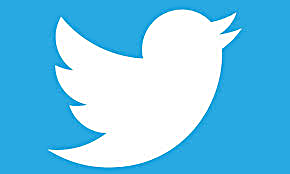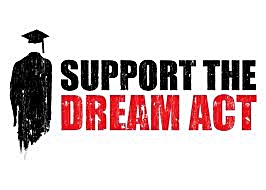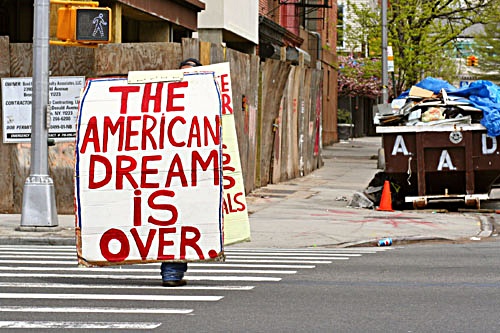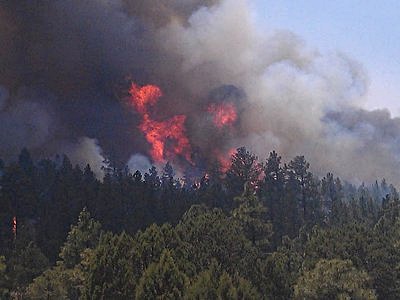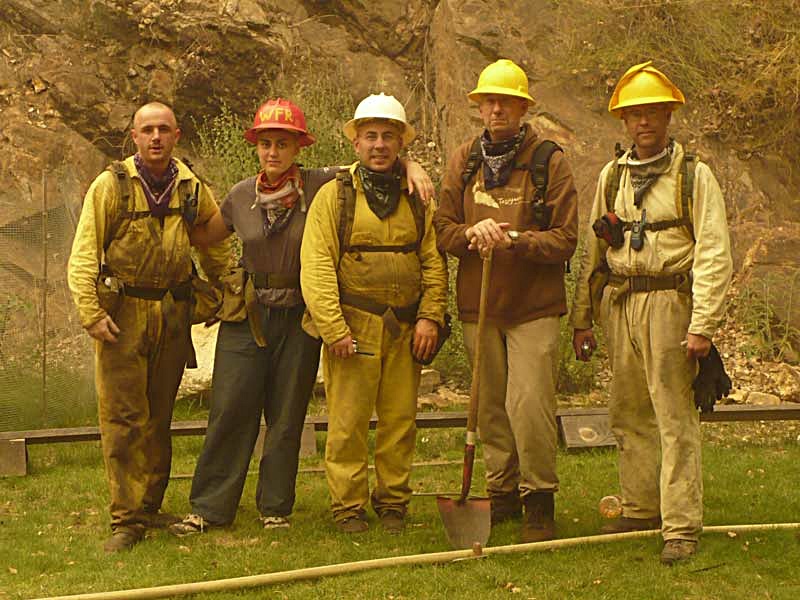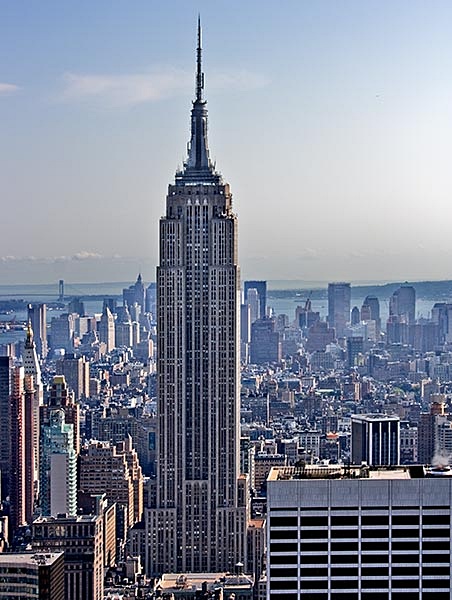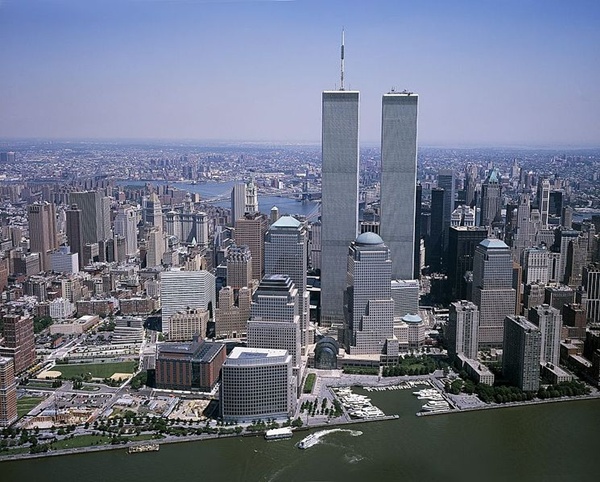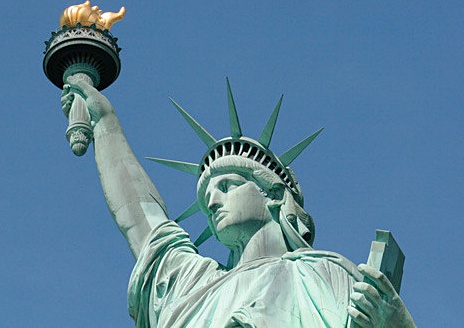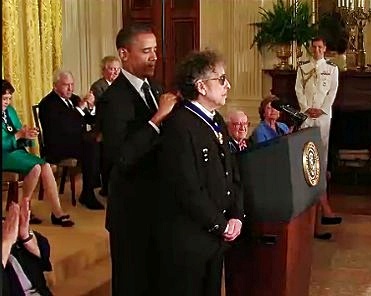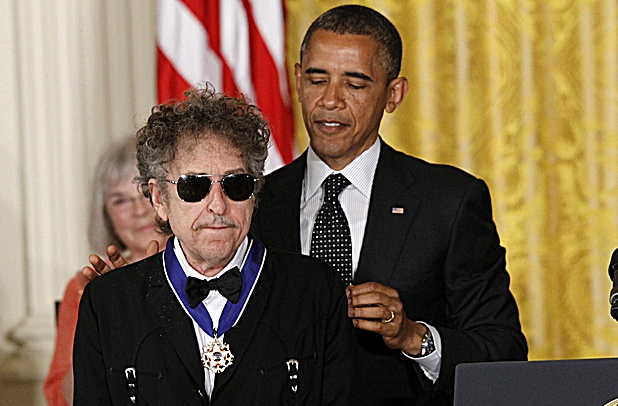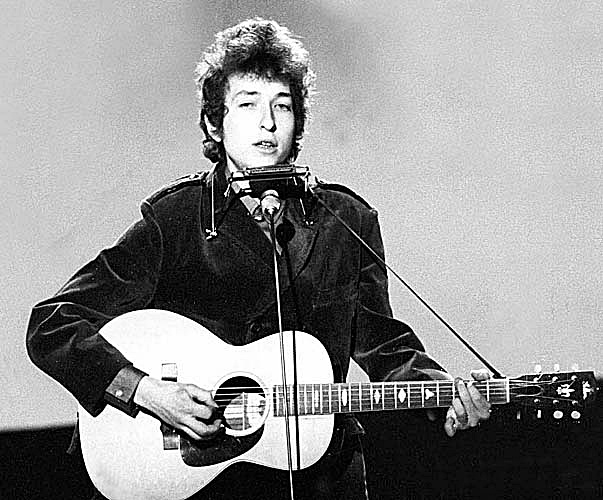America’s National Pastime: Justice?
 Sunday, July 1, 2012 at 3:00PM
Sunday, July 1, 2012 at 3:00PM US Supreme Court Chief Justice John Roberts surprised just about everyone this week by voting in support of the Affordable Care Act, aka Obamacare, and writing the court’s majority opinion that the law is constitutional. Roberts, a George W. Bush appointee, is a notorious conservative whose court has been marked with rulings limiting civil liberties and expanding corporate power, such as the Citizens United decision that corporations are people, among many ignominies.
But thanks to Roberts’ leadership, Obama’s signature accomplishment of his first term, health care reform, which every president since FDR has tried to pass and failed, is the law of the land.
For now. Republicans are already resharpening their attacks and lies about it. And calling Roberts a traitor and calling for his impeachment. The ruling and reactions give both sides, opponents and supporters, another round of arguments pro and con. Sort of like another game in a playoff series. Who will win?
At his confirmation hearings in 2005 Roberts famously compared the job of Supreme Court justice to that of a baseball umpire. “Umpires don’t makes the rules; they apply them….They make sure everybody plays by the rules….And I will remember that it’s my job to call balls and strikes, and not to pitch or bat…No one comes to a ball game to see the umpire.” He was trying to reassure the Senate that he would not be an “activist judge,” promoting his own agenda, but instead would judge by the “rules of the game.” A majority of senators was taken by his sports analogy. One of the senators who was not, however, based on Roberts’ previous record, and who voted against him, was Barack Obama.
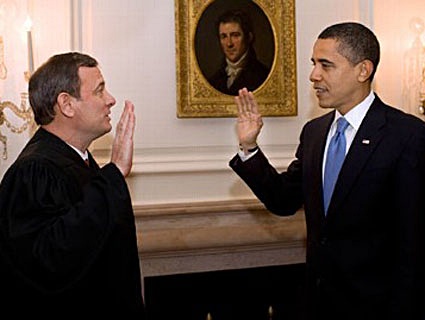 In an irony of history, 3 years later, when Obama laid his hand on the Bible to be sworn in as President, performed by tradition by the Chief Justice of the Supreme Court, Roberts said (again famously – his words just seem to linger) the wrong words. Obama looked at him curiously, repeated the incorrect words, as Roberts had instructed (“Repeat after me.”). Obama the Constitutional law professor knew they were wrong. Later in a private ceremony the two of them repeated the ceremony, for a few photographers. Just to be safe.
In an irony of history, 3 years later, when Obama laid his hand on the Bible to be sworn in as President, performed by tradition by the Chief Justice of the Supreme Court, Roberts said (again famously – his words just seem to linger) the wrong words. Obama looked at him curiously, repeated the incorrect words, as Roberts had instructed (“Repeat after me.”). Obama the Constitutional law professor knew they were wrong. Later in a private ceremony the two of them repeated the ceremony, for a few photographers. Just to be safe.
And almost four years after that controversial call, the justice umpire and the President were back in the game, and in a surprising and controversial call, the umpire ruled Obama safe at the plate.
Americans love sports analogies. The readers of this blog are international, and may not understand, let alone care about the American game of baseball, which we fondly call our national pastime. Europeans have told me they are baffled by a game that runs around in a circle, rather than up and down a field, or rink, or court. A game that does not call the ball in or out, but fair or foul. And that is only played here, Latin America and Japan. World Series?
Here in America even we fans are a bit embarrassed (well, some of us are) by the game’s privileged place in lore and law; that same Supreme Court has for over 100 years exempted baseball from monopoly anti-trust laws it applies to other sports. The game is full of scandal (drugs, money, immigration status of players, racism, gambling) and is increasingly becoming a playground for the rich, players, owners and fans; new fancy stadiums, luxury boxes, expensive tickets – don’t get me going.
Baseball is so very very American – conflicted and bloated around money, drugs, race. And doing all you can, legal or not, to win.
And so much fun to watch, to root for your team, to experience the thrill of victory and the agony of defeat. Case in point, my beloved San Francisco Giants, who have just this week achieved first place in their division atop the hated Los Angeles Dodgers. It gives us a sort of safe excuse to be chauvinists. I don’t need to explain that to European football fans or any sports fan really.
But I am supposed to be writing about the health care decision. I am assuming by the time you read this it’s practically old news. But this past week, really since it passed two years ago and was argued before the high court several months ago, it has dominated US news, been a fighting point between Democratic and Republican candidates for office and was all but written off by most pundits as doomed. The justices’ reactions to oral arguments suggested the conservative majority would win. There was great speculation/hope/fear centered on the one possible swing vote, Justice Kennedy.
So when Roberts ruled and wrote in favor of the universal mandate, that everyone must have health insurance, and that states must take part in assistance for low income folks, and by implication that the other features of the bill were acceptable, such as no denying coverage because of preexisting conditions or putting caps on coverage, it was like the NY Mets improbably winning the 1986 World Series against the Boston Red Sox. (Another intra-city rivalry – guess which team this New York girl was rooting for?)
The intricacies of the bill are as complicated as baseball and I won’t pretend to summarize either fully or completely accurately. Look at the New York Times articles and analysis, or Wikipedia, and of course check out Ed Kilgore’s great analysis; Thursday all day he reacted and marveled and cheered and mourned (at conservative spins and lies) – it’s rich.
Because we Americans love sports analogies, I was not surprised by how many comparisons I read this week between politics and baseball.
In the buildup to the ruling, Robert Reich, UC Berkeley public policy prof. and former Clinton Secretary of Labor was the only one I read who came close to predicting the eventual outcome, and he based his prediction on the issue of trust.
Chief Justice John Roberts is — or should be — concerned about the steadily declining standing of the court in the public’s mind, along with the growing perception that the justices decide according to partisan politics rather than according to legal principle. The 5-4 decision in Citizen’s United, for example, looked to all the world like a political rather than a legal outcome, with all five Republican appointees finding that restrictions on independent corporate expenditures violate the First Amendment, and all four Democratic appointees finding that such restrictions are reasonably necessary to avoid corruption or the appearance of corruption. Or consider the court’s notorious decision in Bush v. Gore.
The Supreme Court can’t afford to lose public trust. It has no ability to impose its will on the other two branches of government: As Alexander Hamilton once noted, the court has neither the purse (it can’t threaten to withhold funding from the other branches) or the sword (it can’t threaten police or military action). It has only the public’s trust in the court’s own integrity and the logic of its decisions — both of which the public is now doubting, according to polls. As chief justice, Roberts has a particular responsibility to regain the public’s trust.
Any sports team relies on public trust that it is playing fair. Baseball almost lost that trust in 1919 during the Black Sox scandal. Gambling and organized crime figures persuaded 8 Chicago White Sox players to intentionally lose games in the World Series. The drama was played out on the field, in the courts and in new baseball rules; the players were banned for life and the masterminds fined and shunned. The inspiration for the film Field of Dreams, this dark moment also led to the naming of the first Commissioner of baseball, who would oversee standards, rule changes, umpires, fines, labor contracts etc.
Public organizations like sports and courts (they rhyme!) depend on public trust. Some say Roberts’ convoluted argument looks like a last minute switch, influenced by a rash of articles denouncing the partisan court and the plunge in its public support. Some, in his defense, even say he was perhaps “playing the long game”, or “taking one for the team” in order to keep the fan base coming.
Indeed quite a few court watchers and sports fans have rejected Roberts’ comparison of justice to baseball umpire. In a serious, detailed and sort of amusing 2001 law journal article professor Aaron Zelinsky said justices are more like baseball commissioners than umpires:
Neither a Justice nor a Commissioner is a fact-finder searching for a clear right answer to a specific question—for example, was the ball in the strike zone? Rather, both make inherently difficult, controversial, and value-influenced decisions at high levels of abstration; both interact with and modify the rules of their respective systems in order to preserve their respective institutions’ core values, such as fair play and due process. In short, being a Justice and a Commissioneris hard: thre re not always clear right and wrong answers.
This essay illustrates the similarity of Justices and Commissioners through nine paired case studies where Justices and Commissioners have, in their respective capacities, (1) provided guidance, (2) refrained from error correction, (3) undertaken rulemaking, (4) exercised countermajoritarian powers, (5) provided explanations for their decisions, (6) protected the fundamental values of their respective institutions, (7) employed special masters for fact-specific inquiries, (8) decided on statutes of limitations, and (9) exercised finality. This Essay concludes that Chief Justice Roberts had the right sport but the wrong position: Justices are not umpires; they are Commissioners.
Another critic of the umpire analogy, Nan Aron, wrote in 2009:
But, even a cursory look at the chief justice's record shows that every pitch thrown on behalf of business and against consumers is a strike. Every pitch thrown by a prosecutor splits the strike zone, but every pitch thrown by a criminal defendant bounces off the backstop. Every pitch thrown by a minority civil rights claimant bounces in the dirt, but pitches thrown by white civil rights plaintiffs all go right down the middle. Gun owners have unerring aim when targeting John Roberts' strike zone, but environmentalists, despite wearing out their arms, have yet to get one over the plate. And the amazing thing is that observers know how John Roberts will call pitches before they are even thrown. So, the logical conclusion to draw from Republicans' repeated invocation of the John Roberts-as-umpire analogy is that baseball umpires no longer need to look at pitches; they merely need to know who is pitching.
And finally (I know this is getting obscure, just indulge me; we fans are a little crazy) here’s a great baseball analogy for what Roberts did, that our friend Ed Kilgore turned me on to:
At Ten Miles Square, John Hopkins’ Steven Teles, who’s written an important book on the conservative legal movement, and who predicted a result much like the one the Supreme Court produced, offers his expert take on the significance of Chief Justice John Robert’s position in the ACA decision. His main argument relies on a baseball metaphor:
The best way to understand the difference between Roberts and the dissenters is to think of two pitchers who are throwing to a batter who is crowding the plate. The first pitcher throws at the batter’s head, while the second brushes him back. At least in this decision, Roberts decided to be that second kind of pitcher. Roberts wanted to send a signal to the other branches that there are limits on government, and the ACA was really crowding the plate. But he didn’t want to hit the pitcher and invalidate the whole law. So declaring that the mandate violates the Congress’ power under the commerce clause but upholding it as a tax does what Roberts wanted to do: get Congress to pay closer attention to constitutional norms while not precipitating a bench clearing brawl.
So this fan thanks Commissioner Roberts for making a good call, for resisting the pressures of organized crime (aka the Tea party etc) to throw the game, for exercising judicial restraint and just brushing Obama back rather than beaning him, for actually looking at the strike zone, not just the pitcher, and for giving both teams another chance at the title. Play ball!
Copyright © 2012 Deborah Streeter

